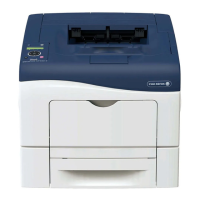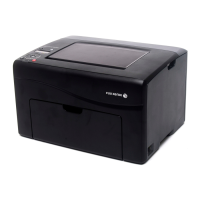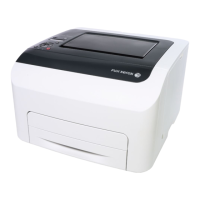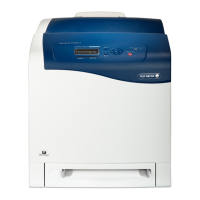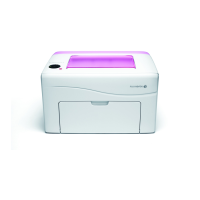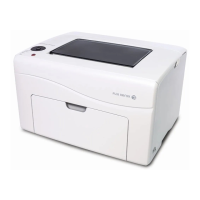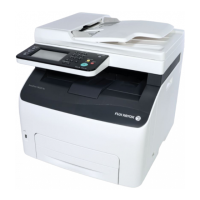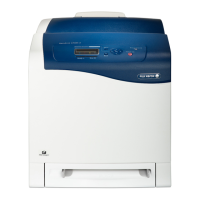[Connectivity & Network Setup]
153
[Device Name]
Enter the device name with up to 32 characters.
[Host Name]
Enter the host name with up to 32 single-byte characters.
When you use SMB, enter the first 15 letters of the host name. The host name must be up to 15 single-byte
characters to identify the device properly.
[Domain Name]
Enter the domain name with up to 64 characters.
[Proxy Server List]
Configure a proxy server when using inbound/outbound access.
Do not set this item unless you use services requiring proxy server settings.
[Proxy Server Settings] / [Proxy Server Settings - Ethernet 1], [Proxy Server Settings - Wi-Fi]
You can configure the proxy server settings for Ethernet 1, Ethernet 2, and Wi-Fi, depending
on your network environment.
[Use Proxy Server]
Select whether or not to use a proxy server.
[Proxy Server Setup]
Set how to specify the proxy server.
[Enter URL to Configuration Script]
Specify the URL when [Proxy Server Setup] is set to [Use Automatic Proxy Configuration
Script].
[Addresses to Bypass Proxy Server]
Enter addresses not using the proxy server. You can specify the addresses by IPv4 address,
IPv6 address, and FQDN. You can use wildcards "*" for specifying the addresses.
[HTTP Proxy Server Name]
Enter the server name or IP address of the HTTP proxy server. You can specify the addresses
by IPv4 address, IPv6 address, and FQDN.
[HTTP Proxy Server Port Number]
Set the HTTP proxy server port number.
Do not use the numbers assigned to the other ports.
[HTTP Proxy Server Authentication]
Select [Enabled] when authentication is required to connect to the HTTP proxy server.
[HTTP Proxy Server Login Name]
Enter a login name of the HTTP proxy server.
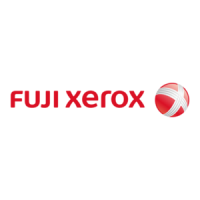
